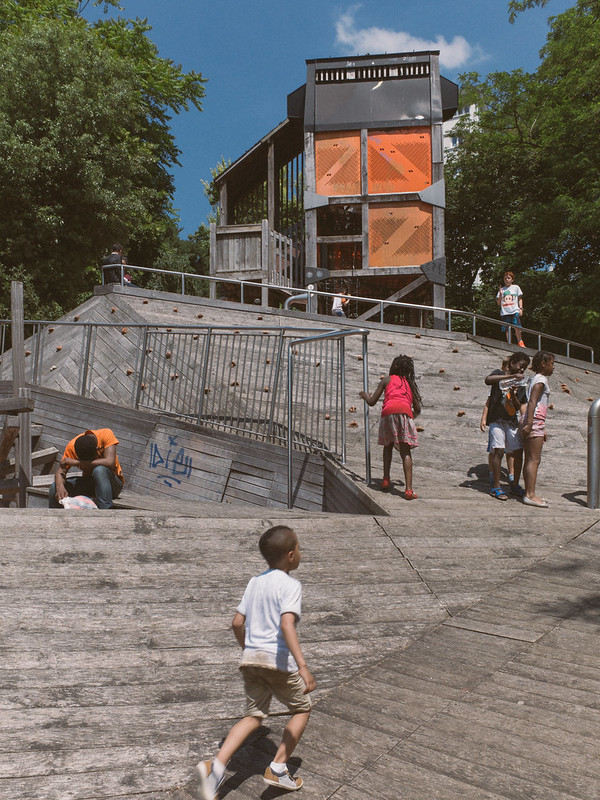Rural Studio at Twenty: Designing and Building in Hale County, Alabama by Andrew Freear and Elena Barthel, with Andrea Oppenheimer Dean and photography by Timothy Hursley
Princeton Architectural Press, 2014
Paperback, 288 pages

In 2002 the first book by Andrea Oppenheimer Dean on Auburn University's Rural Studio was released, and its name –
Rural Studio: Samuel Mockbee and and Architecture of Decency – made the Rural Studio's co-founder as important as the design-build program in Hale County, Alabama. By the time the book hit stores Mockbee had died at the age of 57, a couple days before the calendar switched over to 2002. The importance of "Sambo" on the program he founded with D. K. Ruth in 1994 is indicated by Dean's first book but also the second one that followed in 2005:
Proceed and Be Bold: Rural Studio After Samuel Mockbee. With or without him, the
Rural Studio is defined by Samuel Mockbee.

On the 20th anniversary of the Rural Studio and the publication of a third book (this time by the program's current director Andrew Freear and his wife and Rural Studio professor Elena Barthel, alongside Dean and photographer Timothy Hursley, who has been the "visual author" of each book), Mockbee is still a presence, but not necessarily as strong as the place where the studio lives and works, hence the subtitle of
Rural Studio at Twenty: Designing and Building in Hale County, Alabama. What's most important are the people of the county, of towns that are now known beyond western Alabama because of the efforts of Rural Studio: Newbern (their headquarters), Mason's Bend, Greensboro. Or as described in the essay "Learning in West Alabama" at the beginning of the book: "Since we live here, if we screw up, we hear about it. If we do well, we also hear about it (but less often)." This sentiment has its roots in Sambo's approach to designing and building in Hale County, hence his everlasting presence.

[Photograph courtesy of Timothy Hursley. For more on the silo, watch "
SoLost: The Beauty of a Broken Silo."]
The first book presented the Rural Studio's projects like an architectural monograph, with plenty of photos and with projects structured by the towns where the students built. This book is similar, but it's structured by typology – client houses, community projects, "into the future" – and it also includes a lengthy first section that describes in detail how the program works. This section might be the most valuable for people buying this book, for it gives them a good grasp on how the program works and how it has evolved in its two decades. In other words the book gives the recipe for how other design-build programs may work. Yes, the program is tied to its place and its people, but the ambition and ethics of the Rural Studio can still be exported, evident in the growing number of
design-build programs, such as Virginia Tech's
design/buildLAB, started by former Rural Studio students Keith Zawistowski and Marie Zawistowski.
Even with the rise of design-build programs Rural Studio remains something of an anomaly in the world of architecture, because it is basically free from criticism. Perhaps some outsiders pine for the creative sustainability of Sambo-era projects like the
Yancy Tire Chapel and the
Glass Chapel, but the continued synthesis of ethical responsibility and architectural creativity in the Freear era, particularly in the community projects, makes it one of the most highly respected endeavors in architecture. This pride is evident in the last chapter, "Voices," where alumni, advisors, consultants and others involved with the program speak about their experiences and how they have carried them through to other aspects of their lives. Mockbee wanted the students' experiences in making a place for somebody to influence how they designed later in their careers, and it's clear that this desire continues long after he's gone.




















